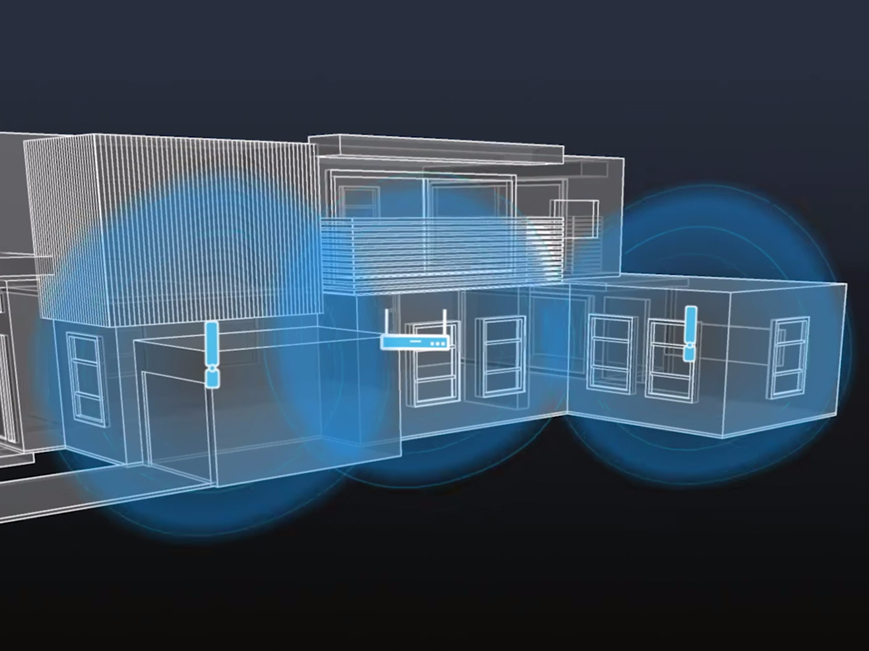Wi-Fi can pass through walls.
This fact is easy to take for granted, yet it’s the reason we can surf the web using a wireless router located in another room.
But not all of that microwave radiation makes it to (or from) our phones, tablets, and laptops. Routers scatter and bounce their signal off objects, illuminating our homes and offices like invisible light bulbs.
Now, German scientists have found a way to exploit this property to take holograms, or 3D photographs, of objects inside a room – from outside it.
“It can basically scan a room with someone’s Wi-Fi transmission,” Philipp Holl, a 23-year-old undergraduate physics student at the Technical University of Munich, told Business Insider.
Holl initially built the device as part of his bachelor thesis with the help of his academic supervisor, Friedemann Reinhard. The two later submitted a study about their technique to the journal Physical Review Letters, which published their paper in early May.
Holl says the technology is only in its prototype stage and has limited resolution, but he is excited about its promise.
"If there's a cup of coffee on a table, you may see something is there, but you couldn't see the shape," Holl says. "But you could make out the shape of a person, or a dog on a couch. Really any object that's more than 4 centimeters in size."
How to see through walls with Wi-Fi
The ability to see through walls using Wi-Fi has been around for years.
Some setups can detect home intruders or track moving objects with one or two Wi-Fi antennas. Others use an array of antennas to build 2D images. But Holl says no one has used Wi-Fi to make a 3D hologram of an entire room and the stuff inside it.
"Our method gives you much better images, since we record much more signal. We scan the whole plane of a room," he says.
Holl's method differs from the others in few significant ways.

First, it uses two antennas: one fixed in place and another that moves. The fixed antenna records a Wi-Fi field's background, or reference, for the spot it's placed in. The other antenna is moved by hand to record the same Wi-Fi field from many different points.
"These antennas don't need to be big. They can be very small, like the ones in a smartphone," Holl says.
Second, both antennas record not only the intensity (or brightness) of a Wi-Fi signal, but also its phase: a property of light that comes from the fact it's a wave. Laser light is all one phase, for example (which makes it an excellent method to create holograms), while an incandescent bulb puts out a mix of different phases of light. Similar to lasers, Wi-Fi routers emit microwave radiation in discrete frequencies and phases.
Finally, the signals from both antennas are simultaneously fed into a computer, and software teases out the differences of intensity and phase "more or less in real-time," Holl says.
This is where the magic happens: The software builds many 2D images as one antenna is waved around and then stacks them together in a 3D hologram. And because Wi-Fi travels through most walls, those holograms are of objects inside a room.
Holl and Reinhard's first holograms are of a shiny metal cross placed in front of a Wi-Fi router:

The resulting images may not look like much, but they prove the concept works: The moving antenna can capture Wi-Fi shadows and reflections of objects in 3D, right through a wall.

The applications for Holl's Wi-Fi holography, he says, are pretty expansive. Adding an array of reference antennas, say, inside a truck, might help rescue workers detect people in rubble left by an earthquake - or spy agencies see whether anyone is home.
"You could probably use a drone to map out the inside of an entire building in 20 to 30 seconds," he said.
Holl created the video below to show how his team's technology works.

